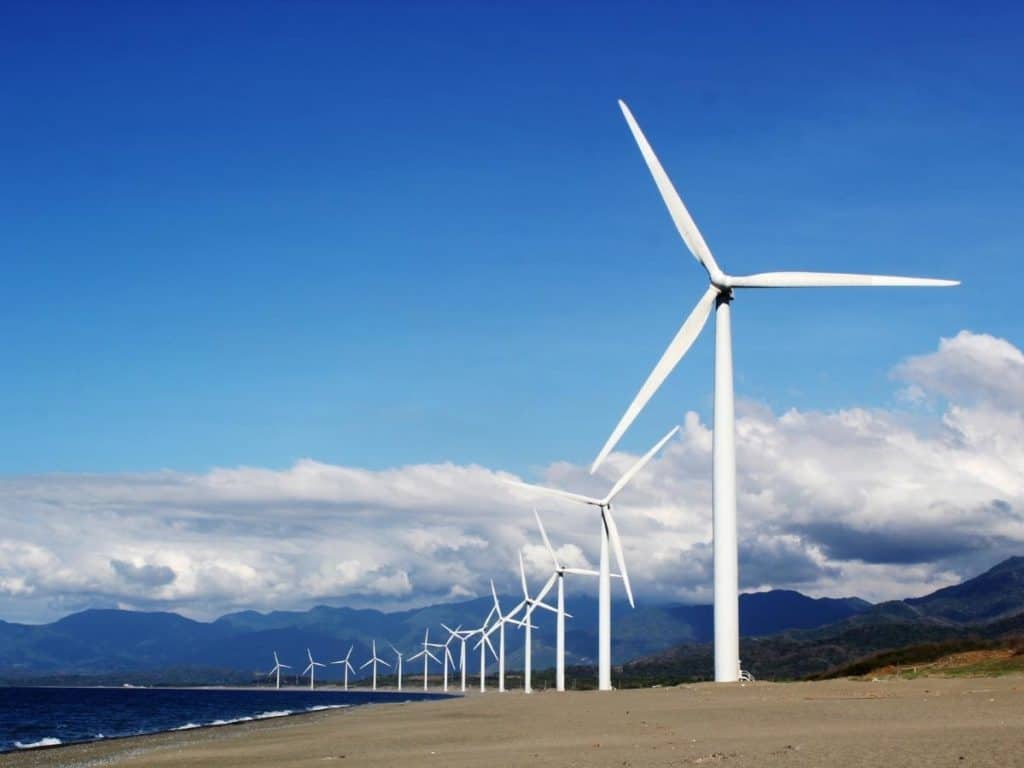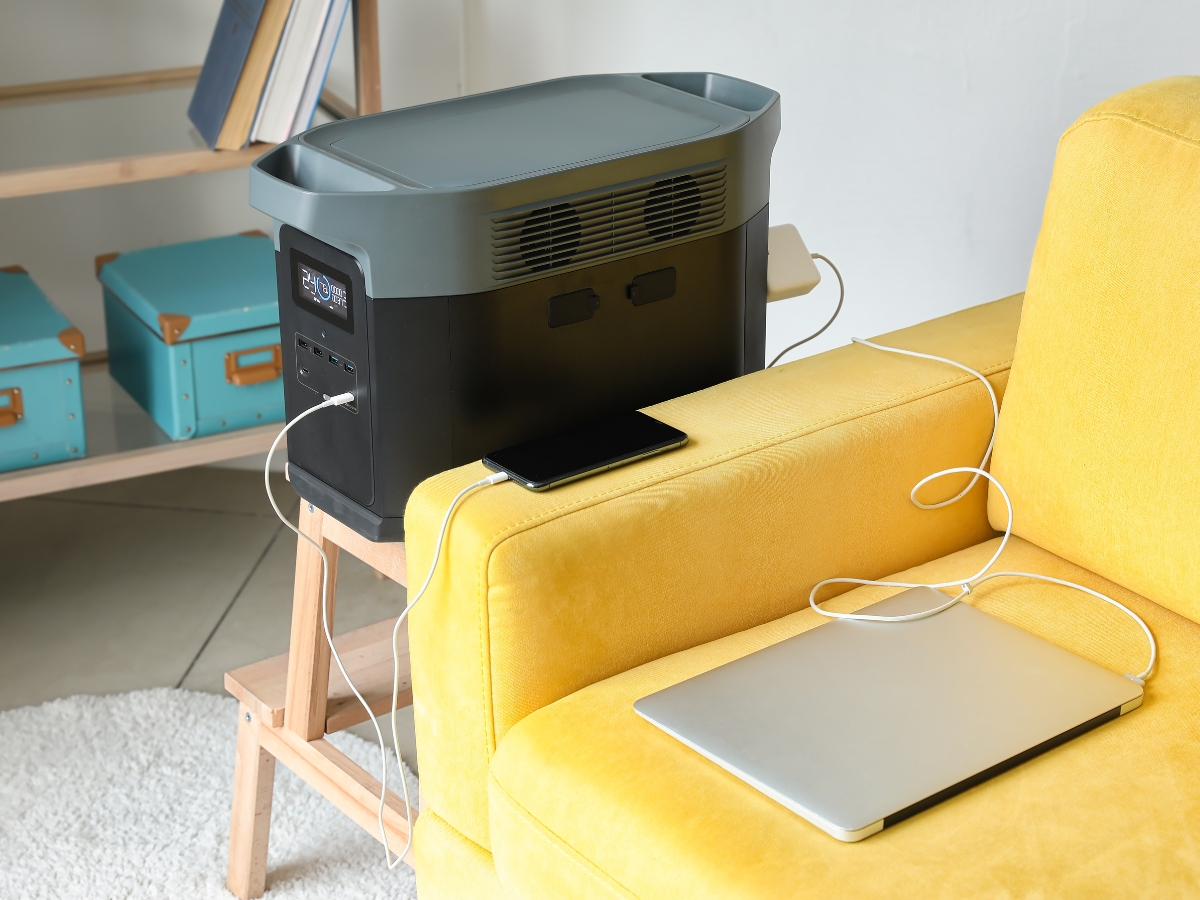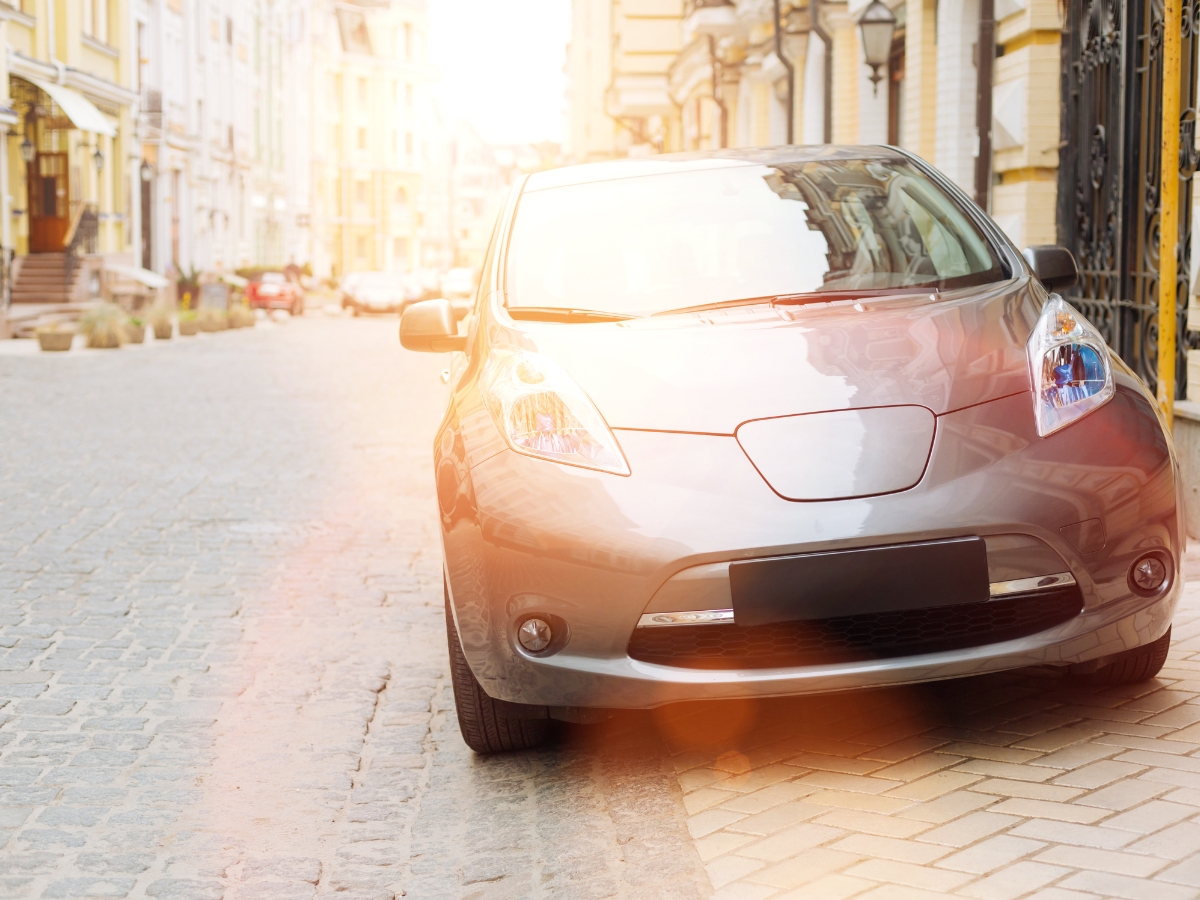Wind turbine technological advancements have enabled the renewable energy sector to expand rapidly – to such an extent that the industry currently employs 100 000 people across 41 US states. While the eco-friendly wind energy sector may offer a significant return on investment, there are pertinent pros and cons to consider.
The pros and cons of wind energy include the following:
- It’s a non-polluting, low-maintenance renewable power source.
- Provides income, preserves water, and creates employment.
- The cons are that it is costly to install, kills wildlife, alters landscapes, creates noise and light disturbances.
There’s no doubt that the wind energy sector has seen a boom as of late, and this upward trajectory will certainly continue. However, if you are seriously considering getting a “slice of this potentially lucrative pie,” – tread with caution.
So, continue reading my prudent insights if you want to know what the benefits or potential pitfalls of wind energy entail!

What Are The Main Pros Of Wind Energy?
Wind energy is a clean, renewable source of energy that offers a myriad of pros as it benefits
investors, farmers, and rural communities without polluting the environment.
So, let’s see how you, too, could benefit from harvesting eco-friendly energy that does not contribute to climate change in a financially sustainable way.
1. Wind Energy Is Eco-Friendly As It Does Not Pollute The Planet
In stark contrast with oil or coal-dependent energy producers, wind energy provides clean, non-toxic energy that does not pollute the planet with toxic chemicals.
Moreover, it reduces our reliance on fossil fuels imported from abroad, which stimulates our economy, including several other pertinent benefits.
2. Wind Energy Is A Renewable Resource
Winds are produced when the earth rotates and the sun heats the atmosphere. Therefore, we have access to a free, sustainable source of power that is freely available in sunny, wind-prone locations.
While energy produced from wind can never be depleted, other toxic power sources do not have an infinite supply.
3. Wind Energy Requires Minimal Operating Expenditure
Although the capital outlay to establish a wind farm is costly, it offers a great return on investment as it produces renewable, free energy.
Furthermore, wind turbines are incredibly robust and require very little ongoing maintenance.
4. Wind Energy Is Super Affordable
Commercial, enterprise-sized wind farms currently supply the least expensive energy on the market at a rate of only $0.01 to 0.02/kWh while generating significant profits.
Wind farms provide sustainable, cost-effective energy for numerous households. Therefore, you don’t have to own or invest in a wind turbine to benefit from it.
You can purchase wind energy from a reputable service provider to power your home and business.
5. Wind Energy Production Costs Are Steadily Declining
The price of wind energy has been steadily declining from 1980 by approximately 80% due to cutting-edge technological innovations and increasing demand for this sustainable energy source.
Therefore, enterprise-scale commercial wind farms have become increasingly cost-effective to install and maintain, and this price-cutting trajectory is likely to continue.
If you seriously consider investing in a wind turbine, it will account for approximately 75% of your installation costs.
The only remaining expenditure will pertain to the operating and maintenance costs as you won’t have to contend with excessive fuel or carbon costs.
The new wind turbine will start producing enough energy to cover your initial capital outlay, which means that you will start seeing a return on your investment within 3-6 months during the 20–25-year lifespan of the wind turbine.
6. Wind Energy Provides Additional Rental Income For Landowners
If you own a large rural property, you could generate a substantial rental income while increasing employment in your local community.
The government might also be interested in renting your land to establish a wind farm on your property.
Moreover, you could generate additional income from electric service providers who funnel your surplus wind energy to the electric grid. It’s a win-win deal!
7. Cutting Edge Technology Transformed Wind Turbine Designs
Technological advancements have drastically altered wind turbine designs from unwieldy, downright ugly structures to elegantly white, statuesque beauties. They are certainly no longer an eyesore in rural landscapes.
Advancements in technology have also increased wind turbines’ ability to maximize their energy-producing capabilities.
They are available in various sizes to provide renewable energy for factories, farms, expansive private residences, including various businesses and individuals.
Furthermore, mobile wind turbines can power smaller devices, which adds to their versatile appeal, especially during unforeseen blackouts.
Larger wind turbines provide safe, less noisy energy without exorbitant maintenance costs.
8. Wind Energy Has A Massive Market And Room For Growth
Various independent researchers have concluded that the global potential for wind energy harvesting is approximately 400 terawatts.
It demonstrates that there will always be a market for sustainable energy which offers a significant return on investment.
New wind turbine installation projects generate US investments of up to $10 billion per annum. Therefore, the US is in a prime position to compete with other renewable energy leaders on a global scale.
9. It Offers Enormous Potential In The Residential Market
Wind energy is appealing to homeowners who aspire to live off the grid.
Unlike residential solar energy, which normally only provides enough energy to sustain a household’s energy needs, residential wind turbine owners may profit from net metering.
Net metering generates an additional income for homeowners when superfluous generated wind power is purchased by electricity service providers and sold to other clients.
The additional benefit in a residential setting is that homeowners have power during blackouts and are not subject to unreasonable energy price fluctuations.
10. Wind Energy Benefits Farmers And Rural Communities
Wind turbines are incredibly ergonomic; therefore, they can be installed on productive farms or any agricultural going concern to provide farmers with an additional source of income.
It’s mutually beneficial as wind farm service providers can rent a section of a landowner’s property, and farmers may continue cultivating their land.
Merely 1.5% of US agricultural land is currently also used to generate wind energy. So, there’s a lot of “scope” for farmers who would be willing to partner with the private sector and governmental agencies alike.
In addition, rural areas benefit economically from installing wind turbines in the countryside as it attracts new people to the area, which bolsters rural populations.
11. Wind Energy Preserves Water Sources: Without Contamination
Unlike toxic energy producers that contaminate our streams and lakes with particulate emissions, wind turbines do not harm our planet, and they conserve water which is a precious resource.
Compared with other energy generating methods, coal utilizes 500 times more water and nuclear power up to 600 times more water to generate the same energy as wind energy.
12. Wind Energy Creates Employment Across The Globe
There has been exponential growth in the wind energy sector, resulting in the creation of several new jobs across the globe.
It has created new jobs in energy consulting, manufacturing plants, including several installation jobs, coupled with new maintenance projects.
A recent International Renewable Energy Agency report noted that the renewable energy sector had created over 10 million jobs since 2017.
The wind energy sector has created over 1.15 million jobs across the globe, of which China generated 500,000 jobs, followed by Germany with 150,000 and 100 000 jobs in the US wind energy sector.
Moreover, a US Department of Energy Wind Vision Report estimates that this sector will generate 600,000 new jobs by 2050.
What Are The Cons Of Wind Energy?
It’s imperative to be aware of the potential risks and how to mitigate them if you are considering investing your hard-earned capital in the wind energy sector.
Wind turbines are incredibly expensive to install. Therefore, it’s crucial to consider several pertinent factors to ensure that you can generate sustainable wind energy at full capacity.
1. Wind Is Highly Inconsistent And Unpredictable
Wind may be in short supply at times which would mean that your turbines would not generate enough energy to such an extent that it won’t be adequate to meet your energy needs, and you would have to rely on energy companies during those times.
Moreover, high winds and storms may harm your wind turbines, especially if they are damaged by lighting.
2. Wind Turbines May Harm Wildlife In Their Natural Habitats
In comparison with fossil fuel power plants that kill 14.5 million birds per year, wind turbine technological advancements have reduced annual bird deaths to approximately 7000 per annum.
However, wind turbine blades have killed several bats, which necessitates further research to mitigate this horrendous risk.
Furthermore, wind turbine installations may have a devastating impact on certain wildlife species who feel threatened by the invasive structures in their natural habitats and might leave as a result.
3. Wind Farms Are Noisy And May Be Unsightly To Neighbors
If you are incredibly sensitive to loud noises, it would be important to note that a wind turbine’s noise levels range from 50-60 decibels which can be rather annoying if they are close to your home.
Coupled with the fact that your neighbors might not find them to be aesthetically pleasing and believe that they are a blot on the landscape. Beauty certainly is in the eyes of the beholder!
4. Wind Turbines Are Privatively Expensive To Install
Wind turbine production, installation, and transportation costs require a significant upfront investment for residential and commercial use, especially if you reside far from the supplier.
The installation process can also cause erosion in the area, which is yet another costly environmental issue to contend with.
It may also be challenging to find a wind turbine supplier who will also maintain the turbine once it has been installed.
5. The Energy Market Is Fiercely Competitive
The wind energy market is incredibly competitive, and the residential and enterprise-scale wind farms are all enormously reliant on financial inducements.
Wind energy producers must also compete with established fossil-fuel energy companies.
Moreover, homeowners who would like to grow into net energy producers would have to invest $40,000 – $70,000 on wind turbines that generate at least 10 kilowatts.
This significant investment would only provide adequate financial returns in 10-or 20-years’ time.
6. Wind Turbines Can Pose Deadly Safety Risks To People
Destructive high winds or storms may damage wind turbine blades, posing a safety hazard to anyone in their vicinity.
It is also possible that these damaged blades could fall on someone, which could result in a severe injury or even death.
7. Wind Turbines May Only Be Installed In Certain Locations
Wind turbines are limited to areas that are prone to high-speed winds, which are normally in remote locations.
Furthermore, it requires transmission links to transmit electricity to suburban city dwellings, which entails an additional investment to construct the required infrastructure.
8. Shadow Flickers Lead To Light Pollution
Wind turbine blades create a shadow flicker as they turn, which may alter light conditions for 20 to 100 minutes per annum in a worst-case scenario.
So, wind farm designers need to be mindful of the placement of wind turbines to mitigate the potential light disturbance for neighboring property owners.
9. Wind Farms Dramatically Alter Luscious Landscapes
Several trees and other native plant species need to be cleared to establish wind farms which can drastically alter lush landscapes. Coupled with the fact that locations suited to harvest wind energy might be challenging to reach.
Another crucial matter to take into consideration is that a city bylaw or mandate might dictate height restrictions that could prohibit wind turbine installations in your residential area.
What Is The Future Of Wind Energy?
The Department of Energy has noted that wind energy production has grown exponentially in the US by approximately 30% year on year.
It accounts for roughly 2.5% of the global energy production, which means there’s a lot of scope for additional growth in the sustainable energy sector with a bright future.
Wind turbines are produced in different sizes and price tags; therefore, it has become possible for businesses and individuals alike to profit from their sustainable energy output. Thus, it is blatantly clear that wind energy is the “wave of the future.”
Resources




